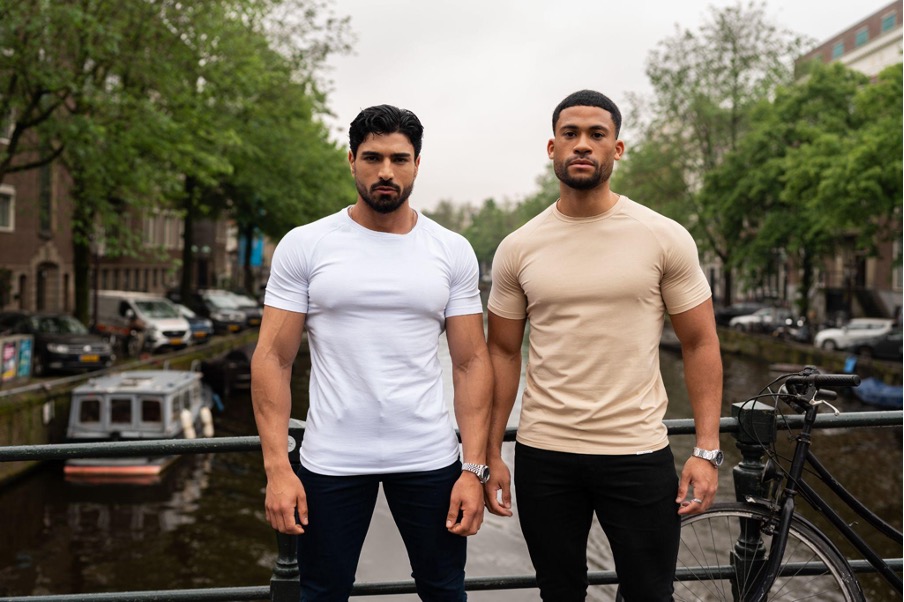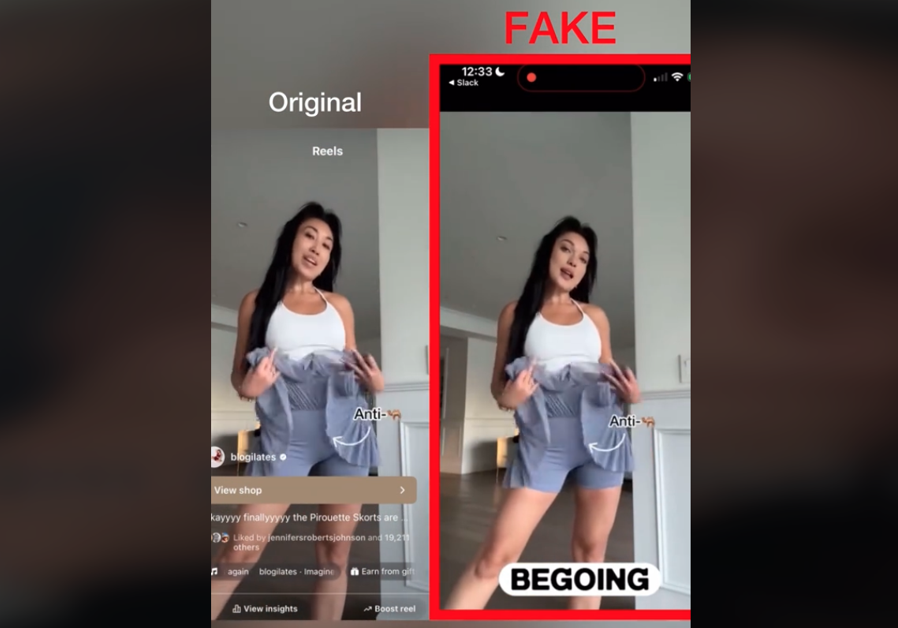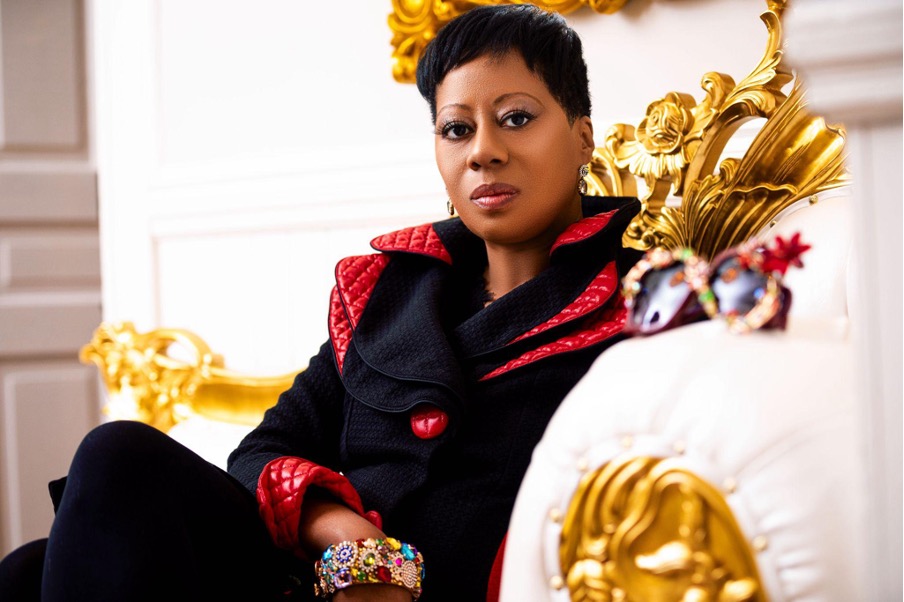Their suits are high-end now, but tailor Theodore wants to take their bespoke threads to the masses.
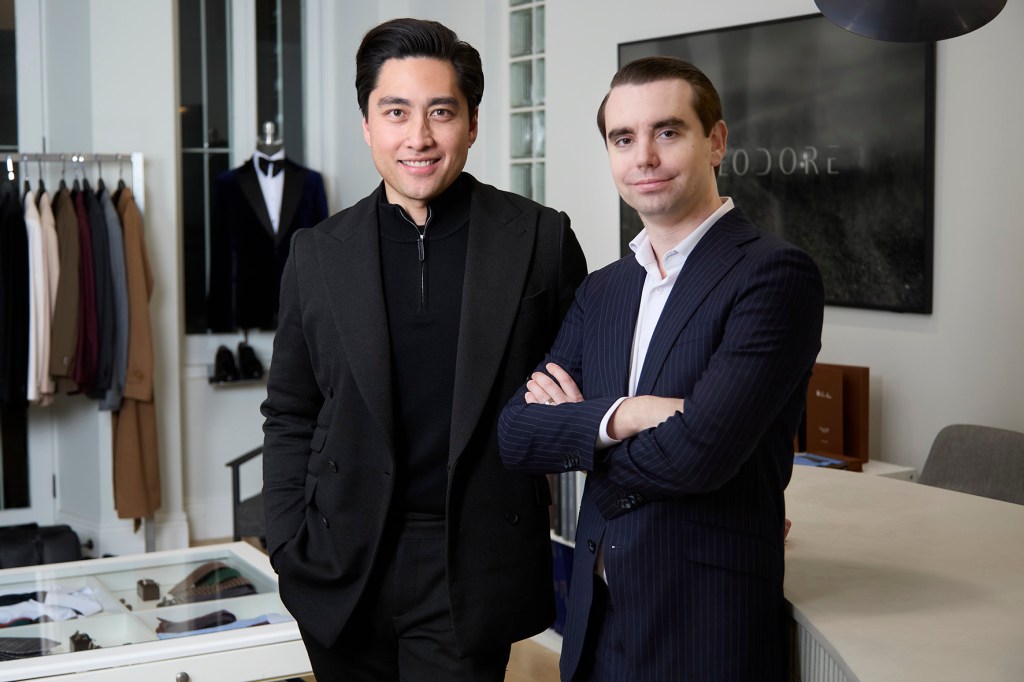
How to scale tailor-made clothes is the problem. Sean Fagan and Tim Aquino reckon they have the answer – the Pocket Tailor app. The AI measures you with your phone, steers you to the styles you’ll like, and delivers you a suit with in-built chips.
Since launching in August 2021, 20,000 people have downloaded the app. Ten thousand of those have come in for in-person measuring – because the AI is still being trained – for high-end suits, which, depending on the fabric, cost between $1,400 and $6,000, generating $7.3 million in revenue, they say.
The first brand is a line of men’s suits called Theodore. “That’s the proof of concept,” says THDR CEO Aquino. “We’ve shown the adoption of the technology at scale.” A women’s line, REHMAI, is launching this Spring.
They won CommBank’s Startup of the Year award in June and their ambition is large.
“The fashion industry, by and large, has been unchanged for 200 years since mass production in factories arrived with the industrial revolution,” says managing director Fagan. “What we believe is that through the application of technology, that’s going to change.”
They started more than a decade ago with an app “like Tinder for fashion” – swipe left, swipe right, shop. It was their side hustle. Life got in the way, and Fagan and Aquino let it wither.

Speaking with a tape measure draped around his neck in the Theodore Surry Hills, Sydney office, Aquino says he got his start at an outer-western suburbs menswear shop selling everything from $5 tracksuits to $300 off-the-rack suits. He hardened his sales smarts, selling photocopiers door-to-door, and noticed he did better cold-calling when wearing one of those $300 suits.
He was one of the first employees for InSitchu, the 2012 start-up that is now perhaps Australia’s largest made-to-measure tailor with showrooms around Australia. “Seeing the hurdles and challenges and mistakes made … that led me to New York running their operation there,” he says. “It was full circle for me because I was still pounding the pavement, knocking on doors, trying to drum up business for an Aussie brand in the fashion capital of the world, trying to find a small percentage of the market.”
COVID-19 hit and Aquino and his wife fled home to live at his parents’ place in Sydney’s west. “It was humbling. I just think life is going to be a series of humbling events. But that produced more clarity as to backing myself. Living in New York and shouldering that responsibility positioned me for that.”
“If we can get that turnaround time of five days, we’re going to see this go mass market. We’re spending millions of dollars on it.”
Sean Fagan, Theodore co-founder
So he hooked back up with his childhood friend Fagan – a tech guy – and they revived their old app and figured out how to take it further. “The early conversations were pretty much: What idea can change the world?” recalls Aquino. “That’s when the first idea of AI body measurement came to be.” It was 2021. People were doing everything at home, and AI was the new buzzword. Aquino knew that men barely tolerated shopping, and many hated being measured, especially those with outsized numbers.
The plan was to have the app and just one bricks-and-mortar studio. They’d hit the road and do “trunk shows”, renting flash spaces around the country – and around the world – periodically to fit and sell.
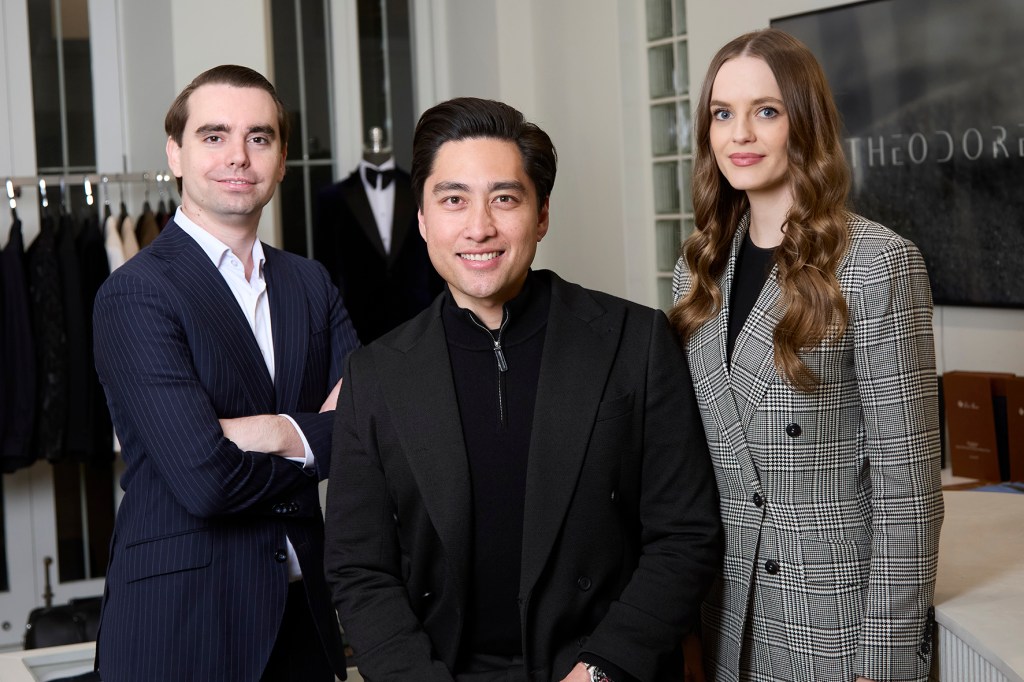
They formed THDR Grup in February 2021 and were taking orders by August. Bootstrapping, they spent money on Facebook and Instagram ads. “Suits are easy to sell compared to photocopiers,” says Aquino. “The snowball effect of suit wearers multiplies. People say, ‘I like what you’re wearing. Where did you get it?’”
Wedding parties and, curiously, real estate agents were the early drivers of business. Agents pushed the envelope of what they’d wear, maybe choosing outrageous linings for their suits and posting them to social media. “They’ve got to show they’re successful; one way to do that is to get a tailor-made suit. On a problems-solution front, we’ve suited up wedding parties from all across the world with this technology. We recently suited up someone from Alaska and another from Darwin coming to the same wedding.”
They’ve done trunk shows around Australia, New Zealand, Singapore, Canada and the US.
They are funded with savings and debt but now seek investors “to take it higher level”. The tech they’re working on will pull their customers’ data together – with permission – for the AI to understand them. “We look at who you follow on Instagram, if you allow it, look at your photos and what you like to wear – how often you wear something with the [Theodore] chip. We’re getting all that data. We can look at your shopping history, if you allow it, and the websites you visit.
“Then we look at industry trends: what’s on the runways; what are influencers wearing; what’s in the magazines … Once that’s plugged into the AI system, it’ll be text-to-visual.”
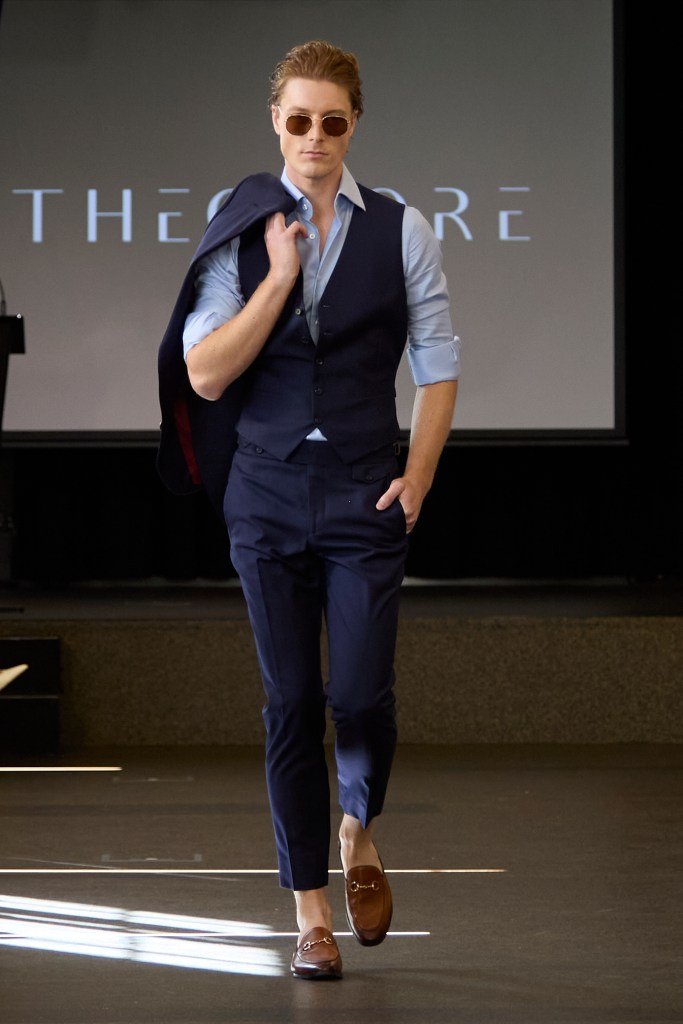
You might type in, “Dress me like James Bond,” or “Suit for daughter’s wedding,” and it will generate 10 suitable garments.
The next generation of the tech will put the suit on your avatar, showing the clothes on your body, with your skin tone, hair colour, and eye colour. “We get that mold off the AI body measurement you’ve already completed,” says Aquino.
“And we can then manufacture those garments – a complete end-to-end. The biggest hurdle for many guys is that all they’re looking at is a swatch, a piece of fabric, and they can’t comprehend how that looks on their skin tone or how it would fit. In the convenience of your home, you can make decisions, and the simplicity of those decisions is not flooded with 1,000 fabrics. It’ll show you the top options the AI knows you’re into.”
With every “yes” or “no”, it gets better at knowing your tastes.
The plan is to emulate Tesla’s path of starting at the high end before going to the mass market. They aim to compete with fast fashion on price, with zero inventory, reducing the “dead stock waste, and all the waste that fast fashion produces”, says Aquino. “We want to be the antithesis of that.”
The current Theodore business model has the suits being made at a factory in Qingdao, China. The fastest possible turnaround is two weeks, but supply chain problems have meant that is rarely achieved. The aim – investment, God willing – is to bring fully automated production to Australia.
“With the right amount of money and a completely vertically integrated in-house supply chain, we’d aim to reduce delivery to five days,” says Aquino. “That’s competing now with ordering something online.”
“That’s where we believe the inflection point is,” says Fagan, “where made-to-measure becomes the norm, rather than ready-to-wear.” They’re thinking of made-to-measure T-shirts, jeans and jackets – the works.
“If we can get that turnaround time of five days, we’re going to see this go mass market. We’re spending millions of dollars on it.”
